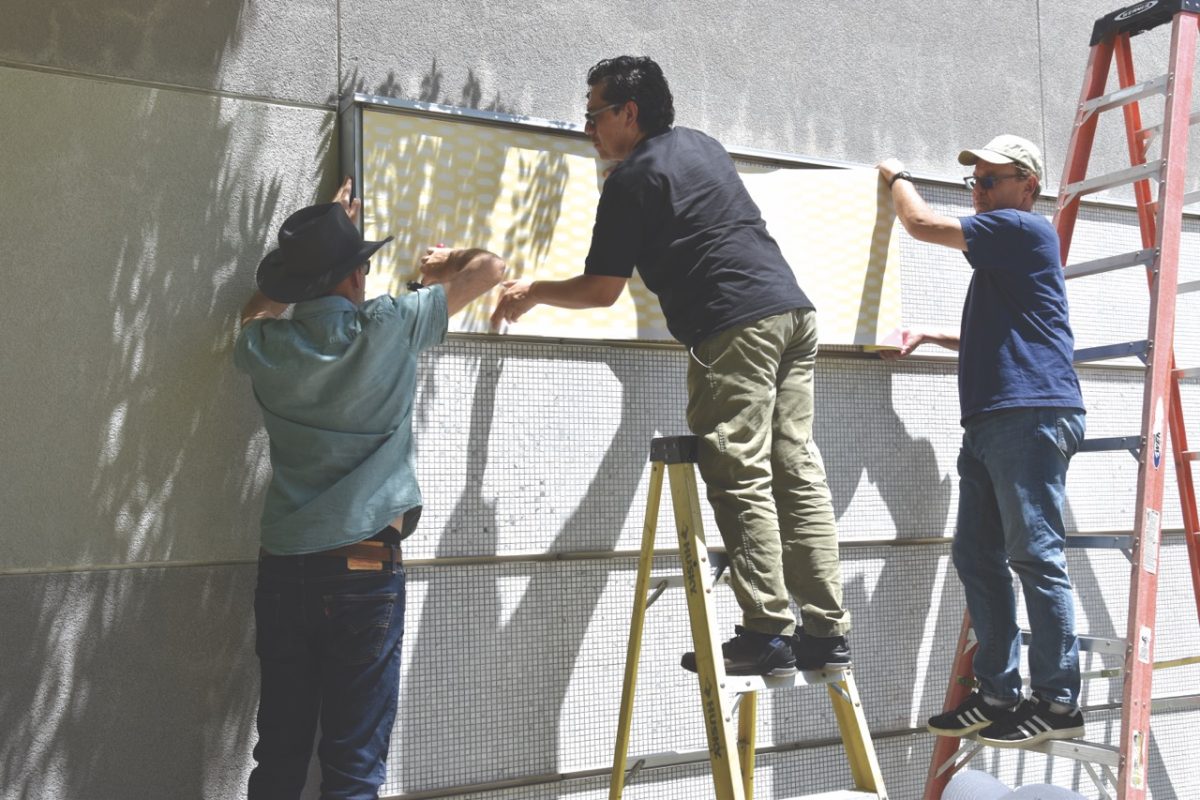The voters of Contra Costa County will be faced with the decision of approving or denying the passage of measure “A” on the Nov. 6 ballot. The measure is also known as the Contra Costa Community College District 2012 Education Revenue Augmentation Act, and it will levy an additional $11 parcel tax over the span of six years on taxable real estate within the borders of Contra Costa County.
Expiring on June 30, 2019, the projected revenue would create $3.9 million annually used exclusively for the three sister colleges and two satellite campuses.
“Eyeballing it, 50 percent of the revenue goes to DVC, 25 goes to LMC and 25 goes to CCC, these are not exact numbers but it gives… a flavor of how that money gets allocated,” said Tim Leong, director of communication and community relations for the Contra Costa Community College district.
“LMC would get about one million dollars and that money can be used to provide student support services and additional courses,” said Vice President Kevin Horan. Exactly how the money will be divided up amongst the departments of LMC and the Brentwood center is yet to be outlined, according to Horan.
If measure A passes it will help lessen the sting of possible mid-year budget cuts (in the case that Proposition 30 is not successful) but inevitably will not be enough to prevent cuts.
“If we were to not see Proposition 30 pass and we see measure A pass the effect will still be that there will be a net loss of $9.2 million from Prop 30. But you will get $3.9 off the measure A so the net effect is you are still in the hole five plus million dollars,” said Leong.
Best-case scenario is that both Prop 30 and measure “A” pass. If that happens, according to Leong, the colleges of Contra Costa will be able to restore some previously cut sections.
Within the text of the measure it clearly reads that the funds will be directly funneled into education with no portion going to the state or used for administration salaries. The sole use of proceeds will aid in providing more course sections in health care, public services and technology fields as well as provide support for student services and transferring. Attached to the measure is a stipulation of the creation of a citizen oversight committee that will observe the spending by monitoring state mandated audits.
On Nov. 6 across the state 25 parcel taxes will be voted on and the outcome rests in the hands of the voters.
Student Trustee Debora van-Eckhardt, who sits on the measure “A” committee, feels that this measure will be helpful to our district.
“It’s money, money for our students for all three campuses—I mean there is nothing against it, there is nobody saying anything against us,” said van-Eckhardt.
Van-Eckhardt goes on to tell how the chancellor wanted to have a marginal tax because the citizens were already being asked to raise taxes through prop 30. “There are so many people hitting the citizens that she didn’t want it to be this big expense. The district could have said $15 or $20 but she wanted to think of the citizens as well as the students— she was very conservative.”
Parcel taxes have been practiced in California since 1978 with the passage of proposition 13 that allows school districts to impose a special tax that is not based on property value, but enacted through flat rates or by square footage of lot or building size. California is the only state to adopt parcel taxes as a way to help fund education. Since 1983, when the first parcel tax debuted on a ballot, there have been 571 attempts, 308 being successful. In the past nine years 83 out of 132 districts opted for this tax.
Other local college districts are asking their constituents to vote on similar measures, the City College of San Francisco is presenting its voters with a $79 eight-year plan; Las Positas presents a $28 six-year initiative; Martinez unified school district is asking for a $50 five-year deal.
Every voter has a say in how things are handled, and it is especially at the local level your vote really matters. With education already being underfunded, measure “A” may be a temporary fix to tie things over.






